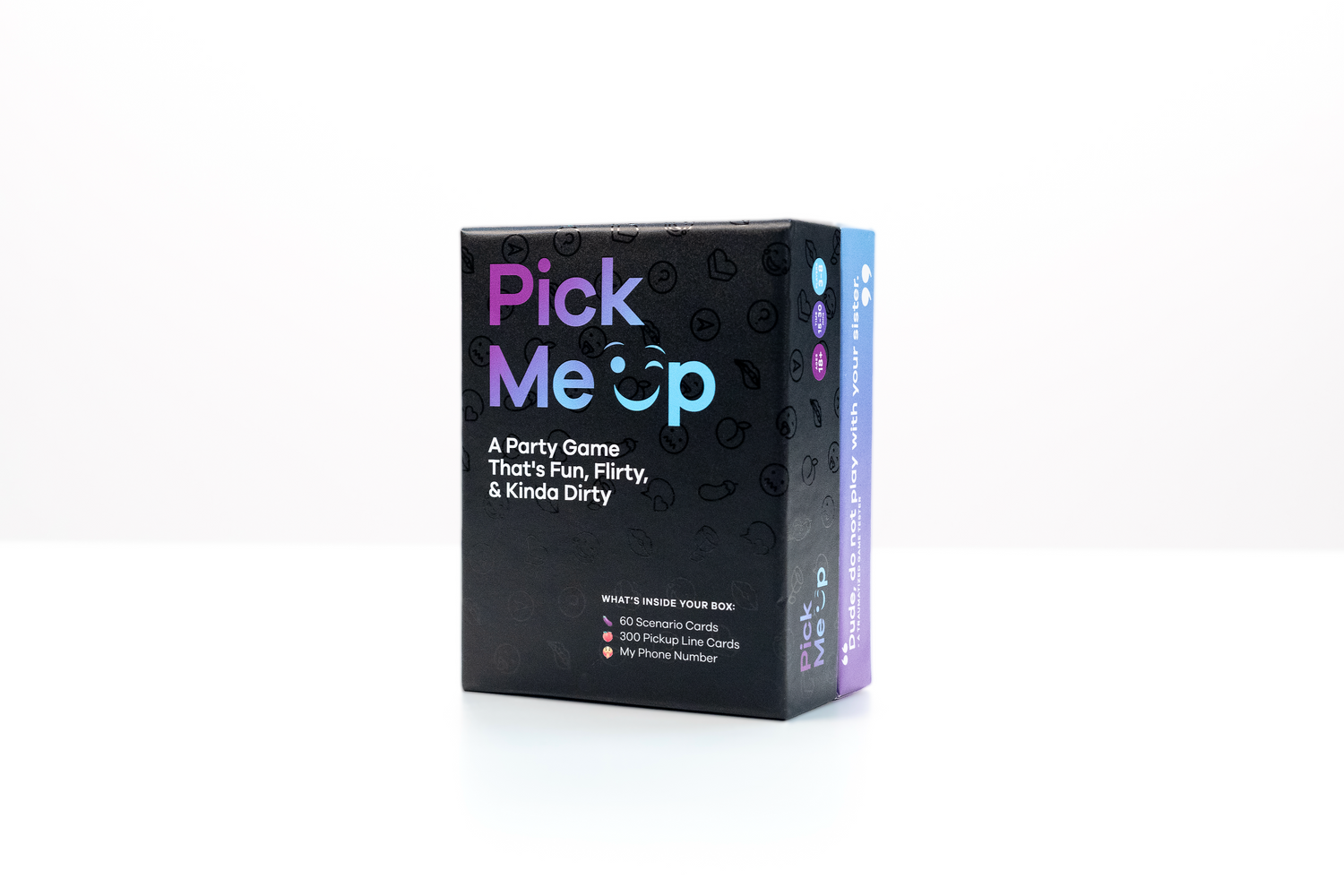Understanding Enthusiastic Consent
Consent is more than just a passive "yes"—it should be clear, confident, and genuinely excited. Enthusiastic consent means that both partners actively want to engage in an experience, ensuring it is mutual, pleasurable, and free from pressure.
Rather than asking, "Is it okay if I do this?", enthusiastic consent thrives on statements like:
- “I really want to do this with you.”
- “That feels amazing—let’s keep going.”
- “Tell me what you want more of.”
This approach makes intimacy not just safe, but more fun, connected, and fulfilling for everyone involved.
Why Enthusiastic Consent Is the Gold Standard
1. It Ensures Mutual Desire
True intimacy is about shared excitement, not just agreement. Enthusiastic consent confirms that both partners are equally engaged and looking forward to the experience.
2. It Prevents Misunderstandings
Silence or reluctance can sometimes be misinterpreted as consent. A clear, enthusiastic yes eliminates any ambiguity, ensuring both people are on the same page.
3. It Strengthens Communication and Trust
Checking in with your partner creates an open dialogue that builds trust, safety, and deeper connection in any relationship.
How to Practice Enthusiastic Consent
1. Look for Verbal Enthusiasm
A great way to check for enthusiastic consent is to pay attention to what your partner is saying. Signs of a genuine yes include:
✅ "I really want this."
✅ "That feels amazing!"
✅ "Yes, keep going!"
If their response is hesitant or unclear, pause and check in:
- "Do you want to keep going?"
- "Are you enjoying this?"
2. Pay Attention to Nonverbal Cues
Body language is just as important as words. Signs of enthusiastic consent include:
✅ Leaning in, pulling closer, or actively participating
✅ Making eye contact and responding positively
✅ Smiling, nodding, or showing excitement
Warning Signs to Watch For:
❌ Lack of movement or response
❌ Avoiding eye contact or seeming distracted
❌ Tense body language or hesitation
If you notice any of these, stop and ask how your partner is feeling.
3. Make Consent a Continuous Conversation
Consent isn’t just a one-time question—it’s an ongoing process. Keep checking in with questions like:
- "Do you like this?"
- "Want to try something else?"
- "Let me know if you want to slow down."
This keeps things mutual, exciting, and pressure-free.
4. Respect Any Answer—Without Guilt or Pressure
Consent should always be free from guilt or coercion. If someone isn’t into something, their decision must be respected without question or persuasion.
The right response to a "no" or hesitation?
✅ "No problem at all. What do you feel like doing instead?"
✅ "I only want to do what makes us both happy."
What Enthusiastic Consent Looks Like in Everyday Life
Enthusiastic consent isn’t just for intimacy—it applies to all areas of life, including:
- Hugging or physical touch ("Can I give you a hug?")
- Flirting and dating ("I love talking to you. Want to grab coffee?")
- Asking for favors ("Are you comfortable helping me with this?")
By practicing enthusiastic consent in all interactions, we create a culture of respect, trust, and clear communication.
Enthusiastic Consent Makes Every Experience Better
Enthusiastic consent isn’t just about safety—it’s about creating more enjoyable, meaningful, and exciting experiences.
When both partners are equally into it, intimacy becomes more fulfilling, passionate, and deeply connected. By practicing clear, confident, and enthusiastic consent, we ensure that every experience is built on mutual desire and respect.
FAQs
-
How is enthusiastic consent different from regular consent?
Regular consent is a simple yes or no, while enthusiastic consent ensures excitement, eagerness, and mutual desire. -
Can enthusiastic consent be nonverbal?
Yes! Body language, active participation, and positive reactions are great indicators of enthusiastic consent. However, verbal confirmation is always best when in doubt. -
What if my partner isn’t saying no but doesn’t seem engaged?
If they seem unresponsive or hesitant, pause and ask, "Are you comfortable with this?" Consent should always be clear and enthusiastic. -
Is enthusiastic consent necessary in relationships?
Absolutely! Even in long-term relationships, consent should always be mutual and enthusiastic, ensuring both partners feel valued and respected. -
How can I introduce enthusiastic consent in my relationship?
Start by asking open-ended questions, checking in often, and making communication fun and flirty. Consent should feel natural, not forced!


